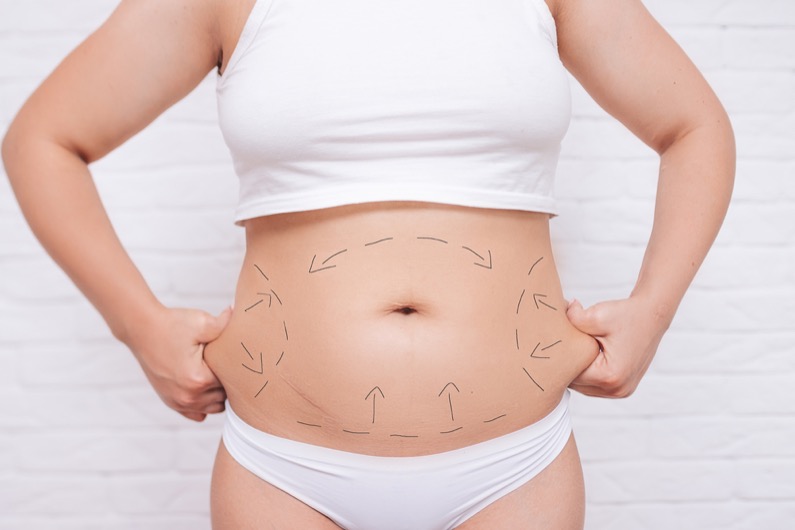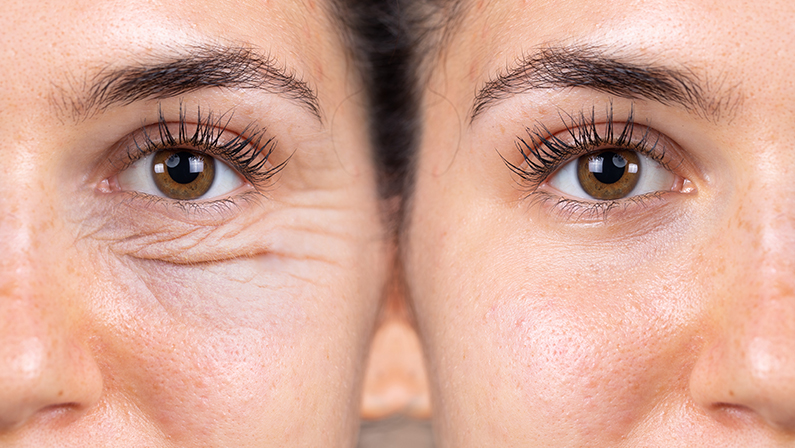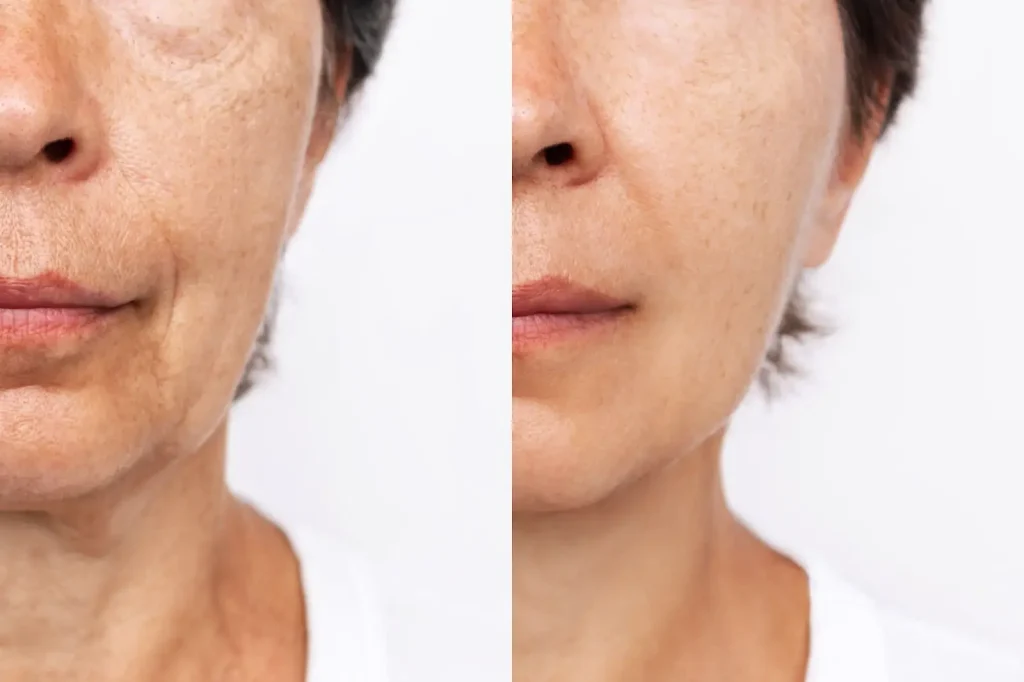Body contouring surgery has become increasingly popular as a way for individuals to achieve their desired body shape and boost their confidence. This surgical procedure targets excess skin and fat, often resulting from significant weight loss or aging. If you’re considering body contouring surgery, it’s essential to understand the costs involved, what the procedure entails, and whether you’re a suitable candidate.
What is body contouring?
Body contouring is a surgical procedure aimed at reshaping and redefining various areas of the body. It typically involves a combination of liposuction and skin removal to achieve a more toned and sculpted appearance. The procedure can address areas such as the abdomen, thighs, arms, breasts, and more.
How Body Contouring Works
Body contouring typically involves removing excess skin and fat through surgical incisions. Liposuction may also be used to further refine the contours of the treated areas. The surgical technique used will depend on the specific areas targeted and the extent of the correction required.

What are the benefits of body contouring?
Body contouring can provide numerous benefits that extend beyond the purely aesthetic. For individuals who have undergone significant weight loss or experienced changes in their body due to other factors, this surgical procedure offers an opportunity to address excess skin and fat, leading to a more sculpted and balanced appearance.
Improved Body Proportions
Body contouring surgery targets specific areas of the body, such as the abdomen, thighs, arms, and breasts, to remove excess fat and skin. By doing so, it creates a more balanced and proportionate appearance, enhancing the overall shape and contours of the body. This can lead to a more aesthetically pleasing and harmonious silhouette.
Increased Comfort in Clothing and Daily Activities
Excess skin folds can cause discomfort and chafing, especially during physical activities or when wearing certain clothing. Body contouring removes this excess skin, providing relief from irritation and allowing individuals to wear clothes more comfortably.
Moreover, without the burden of excess skin, engaging in physical activities becomes easier and more enjoyable, encouraging a more active and healthier lifestyle.
Elimination of Skin Irritation and Rashes
For some individuals, excessive skin folds can lead to chronic skin irritation and rashes in areas like the abdomen, underarms, and thighs. These conditions can be painful and challenging to manage. Body contouring surgery eliminates the excess skin responsible for these issues, providing much-needed relief and improving skin health.
Long-Term Results
Body contouring provides long-lasting results, especially when individuals maintain a healthy lifestyle after the procedure. Unlike temporary weight loss methods, such as crash diets, body contouring addresses the underlying issues of excess skin and fat, making it a more sustainable solution for achieving a well-defined and sculpted body.
Customizable Treatment Options
Body contouring is not a one-size-fits-all procedure. Experienced plastic surgeons can tailor the surgery to each individual’s unique needs and goals. Whether it’s a tummy tuck, arm lift, thigh lift, or a combination of procedures, the treatment plan is personalized to achieve the desired outcome.
Positive Impact on Mental Health
Beyond the physical benefits, body contouring can have a profound impact on mental health. Feeling more confident in one’s body can lead to reduced feelings of anxiety and depression, promoting a healthier mindset and improved overall well-being.
Motivation for a Healthier Lifestyle
Many individuals who undergo body contouring are motivated to maintain their results by adopting a healthier lifestyle. Knowing the effort and commitment it took to achieve their new appearance encourages them to stay committed to regular exercise and a balanced diet.
Enhanced Self-Esteem
Many individuals who undergo body contouring have previously experienced significant weight loss, either through bariatric surgery or lifestyle changes. While weight loss is a significant achievement, excess skin and stubborn fat deposits can sometimes prevent individuals from fully enjoying their new body.
Body contouring can help to eliminate these concerns, leading to improved body confidence and self-esteem. Feeling more comfortable and content with their appearance can positively impact various aspects of a person’s life, including their social interactions and overall happiness.
What are the steps of a body contouring procedure?
The steps of a body contouring procedure can vary depending on the specific areas being treated and the extent of correction required.
However, the following are common steps involved in the body contouring process:
1. Consultation
The first step is a thorough consultation with a board-certified plastic surgeon. During this meeting, the surgeon will evaluate the patient’s medical history, current health status, and aesthetic goals. They will discuss the available treatment options and recommend a personalized surgical plan based on the patient’s unique needs and desires.
2. Anesthesia
On the day of the surgery, the patient will be administered anesthesia to ensure their comfort during the procedure. The type of anesthesia used may vary based on the extent of the surgery and the surgeon’s preferences. Options can include general anesthesia or local anesthesia with sedation.
3. Incision Placement
The surgeon will make carefully planned incisions in discreet locations, strategically placed to minimize visible scarring. Incision patterns will depend on the areas being treated and the specific body contouring techniques used.
4. Removal of Excess Skin and Fat
The surgeon will remove excess skin and fat from the targeted areas through the incisions. Techniques like liposuction may be employed to further contour and sculpt the treated areas.
5. Muscle Tightening (if needed)
In certain body contouring procedures, such as tummy tucks, the surgeon may also tighten underlying muscles to create a more toned and firm appearance.
6. Skin and Tissue Redraping
After removing excess skin and fat, the surgeon will redrape the remaining skin to achieve a smoother and more natural contour. They will skillfully close the incisions using sutures or surgical adhesive.
7. Dressings and Compression Garments
Following the procedure, the surgeon will apply dressings to the incision sites to protect them and promote proper healing. Patients will be instructed to wear compression garments to reduce swelling and support the newly contoured areas during the recovery period.
8. Recovery and Follow-Up
After the surgery, patients will be closely monitored in a recovery area. The surgeon will provide post-operative instructions, including wound care, pain management, and activity restrictions. Follow-up appointments will be scheduled to assess the healing progress and ensure optimal results.
9. Staged Procedures (if necessary)
In some cases, body contouring procedures may be performed in stages, addressing different areas of the body at separate times. This approach may be necessary for individuals with extensive treatment needs or for safety considerations.
10. Final Results
As the body heals and the swelling subsides, patients will begin to see the final results of their body contouring procedure. The full outcome may take several months to become fully apparent, and the results can be long-lasting with a healthy lifestyle.
Consultation
A consultation is a crucial step in the body contouring process, where you meet with a qualified plastic surgeon such as Dr. Bret Johnson, to discuss your concerns. During the consultation, you can ask questions, review before-and-after photos, and gain a clear understanding of the procedure, its potential outcomes, and what to expect during the recovery period.
What should I expect during a consultation for body contouring?
During your consultation, the plastic surgeon will evaluate your medical history, current health status, and aesthetic goals. They will discuss the available treatment options, potential risks, and expected outcomes. This is also an opportunity to address any questions or concerns you may have about the procedure.
What questions should I ask my plastic surgeon about body contouring?
When consulting with a plastic surgeon about body contouring, consider asking the following questions:
- How much experience do you have with body contouring procedures, specifically in the areas I’m interested in treating?
- Are you board-certified in plastic surgery, and can you provide your credentials and certifications?
- Can you show me before-and-after photos of patients who have undergone similar body contouring procedures?
- What are the potential risks and complications associated with the specific procedure I am considering, and how do you address them?
- What is the expected recovery time, and what can I do to ensure a smooth and successful recovery?
- When consulting with a plastic surgeon about body contouring, consider asking the following questions:
- How will the surgery be performed, and what type of anesthesia will be used during the procedure?
- Can you explain the scarring process and the steps taken to minimize scarring in body contouring surgery?
- What kind of support or follow-up care will be provided after the surgery, and how do I contact you in case of any concerns or questions?
- What is the total cost of the procedure, including any potential additional fees or post-operative care expenses?
- How will the surgery impact my daily activities, exercise routine, and any future weight fluctuations?
Preparations, Expectations, and Results
When considering body contouring surgery, understanding the key aspects of preparations, expectations, and potential results is essential for making an informed decision. From pre-operative preparations to managing realistic expectations and anticipating transformative results, these factors play a crucial role in ensuring a successful and satisfying body contouring experience.
How should I prepare for body contouring?
Your plastic surgeon will provide you with pre-operative instructions to follow before the surgery. This may include avoiding certain medications, stopping smoking, and adjusting your diet to promote healing.
What should I expect during my body contouring recovery?
Body contouring recovery can vary from person to person, but there will be some discomfort, swelling, and bruising in the treated areas. Your surgeon will provide post-operative care instructions, including pain management, wound care, and activity restrictions.
What results should I expect after body contouring?
After the initial swelling subsides and the body heals, you can expect to see more defined body contours and improved body proportions. The final results may take several months to become fully apparent.
Costs
How much is body contouring surgery? Understanding the costs associated with body contouring surgery is a vital aspect of the decision-making process for individuals seeking to achieve their desired body shape.
How much does body contouring cost?
The cost of body contouring surgery can vary widely depending on several factors. The extent of the procedure, the number of areas treated, the surgeon’s experience, and the geographic location of the practice can all influence the cost. The average cost of body contouring surgery can range from a few thousand to tens of thousands of dollars.
Will insurance cover body contouring surgery?
In most cases, body contouring surgery is considered an elective cosmetic procedure and is not covered by health insurance. They most likely won’t cover the full body contouring surgery cost.
However, some exceptions may apply if the excess skin causes medical issues like chronic rashes or infections. It’s crucial to check with your insurance provider to determine coverage eligibility.
Who is a good candidate for body contouring?
Good candidates for body contouring include:
Individuals with Significant Weight Loss
Those who have undergone substantial weight loss, whether through bariatric surgery or lifestyle changes, may have excess skin and stubborn fat deposits. Body contouring can help remove this excess tissue and improve body proportions.
Stable Weight
Candidates should have achieved and maintained a stable weight for several months before considering body contouring. Fluctuations in weight after the procedure can impact the results and may require additional surgery.
Realistic Expectations
It’s essential for candidates to have realistic expectations about the outcomes of body contouring. While the surgery can produce dramatic results, it’s essential to understand its limitations and potential risks.
Good Overall Health
Candidates should be in generally good health and not have any underlying medical conditions that could interfere with the surgery or recovery process.
Non-Smokers
Ideally, candidates should be non-smokers or be willing to quit smoking before the procedure. Smoking can impair healing and increase the risk of complications.
Committed to a Healthy Lifestyle
Body contouring is not a substitute for weight loss or a healthy lifestyle. Candidates should be committed to maintaining a balanced diet and engaging in regular exercise to optimize and sustain the results of the surgery.
No Plans for Future Pregnancies
While body contouring does not prevent future pregnancies, it is generally advisable to wait until after completing family planning, as pregnancy can affect surgical results.
Emotional Readiness
Undergoing body contouring surgery is a significant decision that can impact one’s self-image and emotions. Candidates should be emotionally prepared for the process and open to discussing their concerns and expectations with the surgeon.
Realistic Financial Preparedness
Body contouring is an elective cosmetic procedure and is typically not covered by health insurance. Candidates should be financially prepared for the cost of the surgery, including potential post-operative expenses.
The final determination of candidacy for body contouring should be made during a consultation with a board-certified plastic surgeon. The surgeon will assess the individual’s unique situation, medical history, and aesthetic goals to determine if they are a suitable candidate for the procedure.
What are the risks of body contouring?
Like any surgical procedure, body contouring comes with certain risks, including infection, bleeding, scarring, and anesthesia-related complications. However, these risks can be minimized by choosing a qualified and experienced plastic surgeon and following post-operative instructions diligently.
Can I get body contouring if I am overweight?
Body contouring surgery is most effective for individuals who have achieved their desired weight and maintained it for some time. It is not a substitute for weight loss, and individuals who are significantly overweight are generally advised to pursue weight loss through other means before considering body contouring.
Consider Body Contouring Today
Body contouring surgery can be a transformative and confidence-boosting experience for those who have achieved significant weight loss or experienced changes in their body due to aging. While the cost may be a consideration, the potential benefits in terms of appearance, comfort, and self-esteem can be well worth it.
If you are considering body contouring surgery, consult with Dr. Bret Johnson to discuss your options and determine the best approach for your individual needs. Remember to set realistic expectations and prioritize your health and safety throughout the process. Contact the Dallas Plastic Surgery Institute today.






